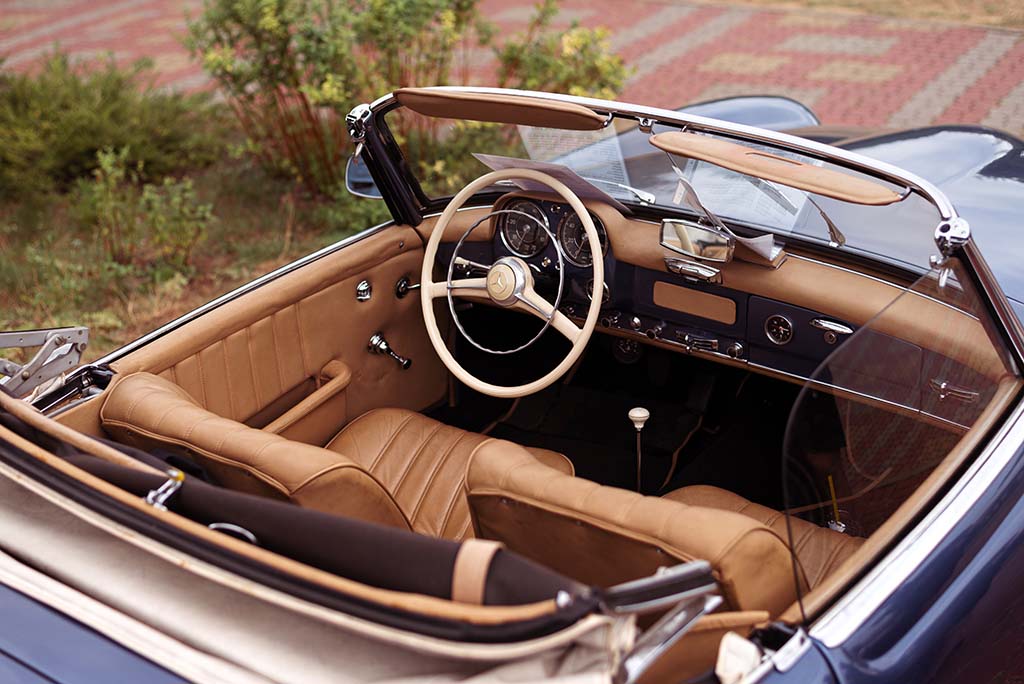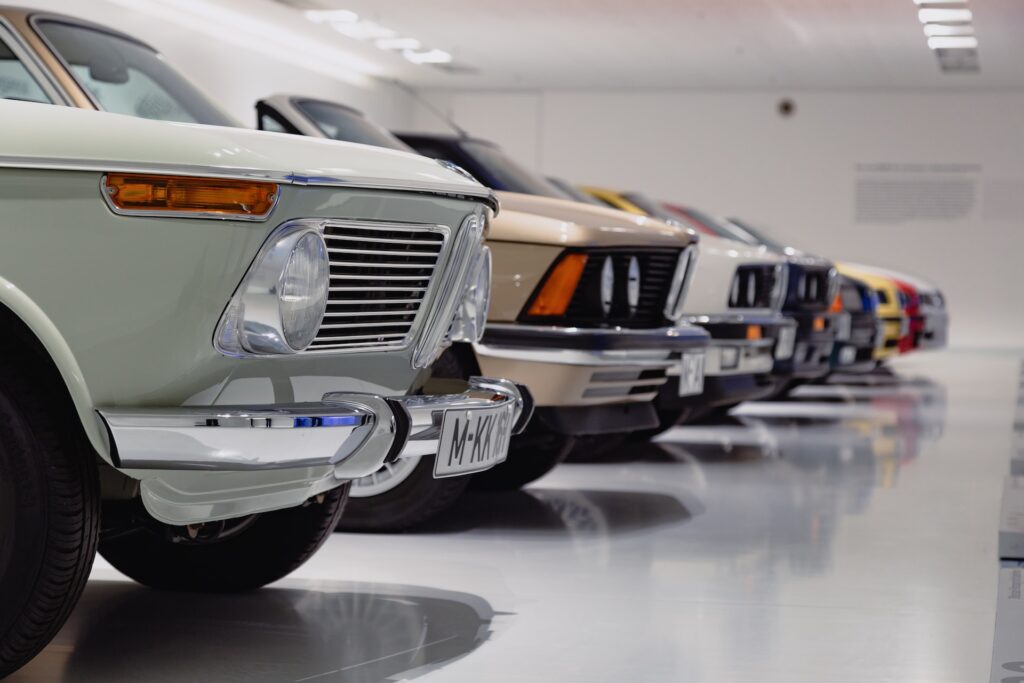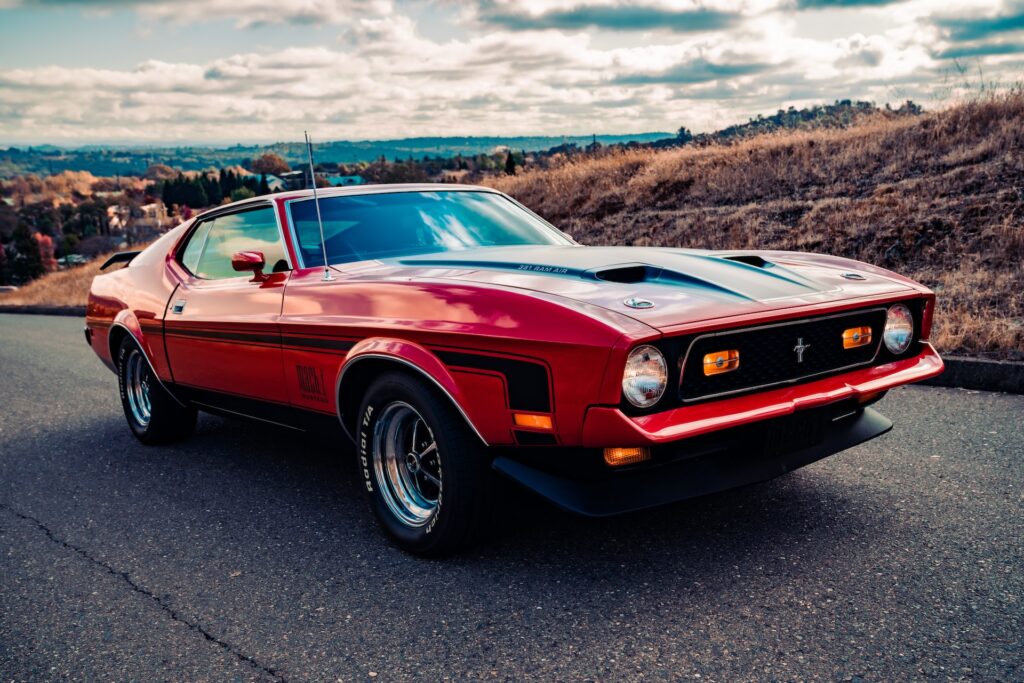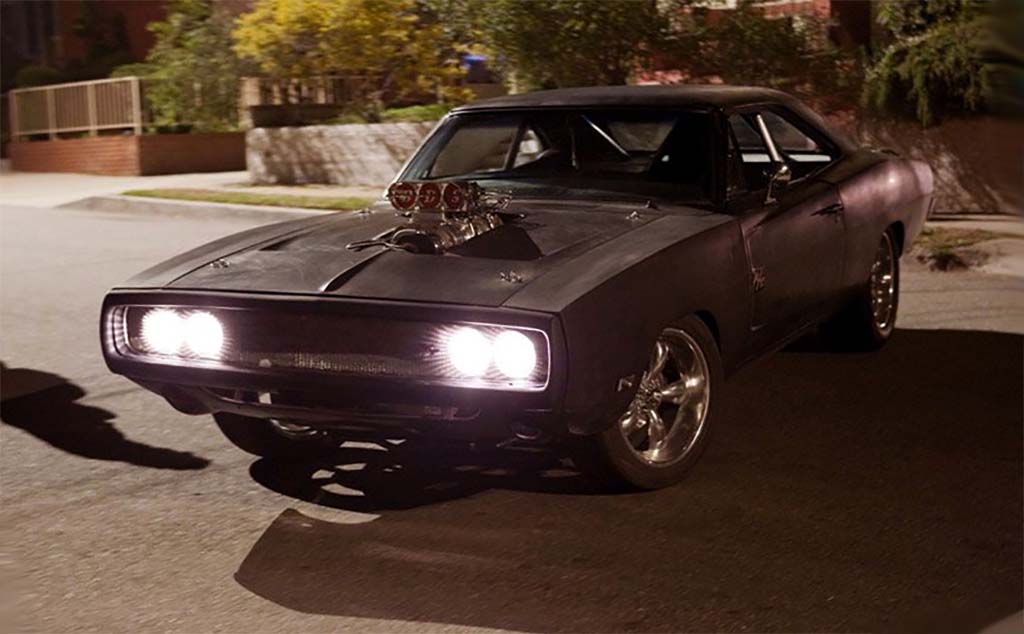Cars have been featured in films for over a hundred years, and with good reason. Automobiles evoke powerful emotions from viewers, from nostalgia to terror and everything in between. Throughout the decades, cars have become an integral part of film culture, not only as a practical prop but also as a symbol of character progression or plot advancement. From early model T’s to modern-day supercars, let’s take a look at the fascinating history of cars used in film.
History of Cars in Movies
Early Automobiles in Films
The earliest cars featured in films were mostly limited to silent shorts such as The Little Fireman (1901), which featured some sort of electric vehicle fire truck. As motion picture technology advanced, so did the production quality of car scenes within movies. While vehicles were initially used mainly as props to fill out background shots or transport characters from place to place, they quickly became more integral parts of each story arc by featuring prominently in chase scenes or other exciting moments throughout each movie. By 1910 there had been over five hundred films involving cars released in theaters.
Famous Cars in The Movies of the 1950s and 1960s

The 1950s and 1960s are often referred to as the golden age of Hollywood, and with good reason. This era saw the release of some of the most iconic films ever made, many of which prominently featured cars. One particular example is 1959’s Ben-Hur, which features a legendary chariot race scene that was filmed using no less than 57 different vehicles. Similarly, James Bond movies such as Goldfinger (1964) and Thunderball (1965) helped popularize luxury sports cars like Aston Martins and BMW’s amongst audiences worldwide.
The Popularity of Muscle Cars in Film Franchises
While luxury sports cars may have been popular amongst audiences in the 1950s and 1960s, muscle cars began to take their place at the forefront of car culture during the 1970’s thanks to films like Smokey & The Bandit (1977). This movie helped popularize vehicles such as Trans Ams and Pontiac Firebirds amongst younger generations who had grown up watching these types of movies. Other film franchises such as The Fast & The Furious (2001), Gone in 60 Seconds (1974), and Death Race (2008) all relied heavily on muscle cars to help drive the plot forward.
Exploring the British Invasion with Mini Coopers
The British Invasion of film in the 1960’s also saw an upsurge in the popularity of small, boxy vehicles such as Mini Coopers. Films such as The Italian Job (1969) featured these tiny cars in exciting chase scenes and helped popularize their use amongst a worldwide audience. Even today, Mini Coopers are often used in films as part of comedic sequences or by protagonists who need to outrun their pursuers.
Supercars and Exotic Vehicles Enter the Scene

The 1980’s and 1990’s saw a huge shift in car culture within Hollywood films. Supercars took center stage thanks to franchises like Back to The Future (1985), Cannonball Run (1981), and Speed Racer (2008). These movies showcased a variety of high-performance vehicles from Lamborghinis and Ferraris to more obscure models such as the Jaguar XJ220 or Ford GT40. Audiences were captivated by these flashy automobiles, with many viewers dreaming of owning their very own supercar one day.
Modern Day Movie Cars and Death Race (2008) all relied heavily on muscle cars to help drive the plot forward.
Exploring the British Invasion with Mini Coopers
The British Invasion of film in the 1960’s also saw an upsurge in the popularity of small, boxy vehicles such as Mini Coopers. Films such as The Italian Job (1969) featured these tiny cars in exciting chase scenes and helped popularize their use amongst a worldwide audience. Even today, Mini Coopers are often used in films as part of comedic sequences or by protagonists who need to outrun their pursuers.
Supercars and Exotic Vehicles Enter the Scene

The 1980’s and 1990’s saw a huge shift in car culture within Hollywood films. Supercars took center stage thanks to franchises like Back to The Future (1985), Cannonball Run (1981), and Speed Racer (2008). These movies showcased a variety of high-performance vehicles from Lamborghinis and Ferraris to more obscure models such as the Jaguar XJ220 or Ford GT40. Audiences were captivated by these flashy automobiles, with many viewers dreaming of owning their very own supercar one day.
Modern Day Movie Cars
Today, cars are an integral part of virtually every movie. From superhero films to action-packed thrillers, no film is complete without at least one vehicle chase or car-based stunt. Superhero-themed movies have been particularly popular in recent years, with films like The Dark Knight (2008) featuring iconic vehicles such as the Batmobile and Wonder Woman (2017) featuring the stunning Invisible Jet.
Reimagining Cult Classics with Upgraded Automobiles
Cult classics from previous decades such as The Dukes of Hazzard (1979) and Mad Max (1979) have been reimagined for modern audiences with upgraded vehicles. The Dukes of Hazzard featured a variety of classic muscle cars such as Camaros and Mustangs while Mad Max: Fury Road (2015) introduced a whole host of armored supercharged vehicles. These movies demonstrate how far special effects technology has come in recent decades, allowing for much more realistic car scenes to be included within films today.
Advanced Technology & AI-Driven Automobiles
While physical stunts are still popular amongst viewers, many modern films also rely heavily on advanced technologies to create even more impressive car scenes than ever before. Films like Herbie Fully Loaded (2005) and I, Robot (2004) feature vehicles that are either controlled by AI or rely heavily on computer-generated imagery to create a realistic driving experience. Even more recently, films like Fast & Furious Presents: Hobbs & Shaw (2019) have used motion capture technology to create some of the most exciting and realistic car scenes ever seen on screen.
Concluding Remarks: Why Do We Love Movie Cars?
Cars have been an integral part of cinema for over a hundred years. Whether it’s classic cruisers or modern-day supercars, cars have the power to evoke powerful emotions from viewers and enhance any film’s story arc. Movie cars provide us with a thrilling escape from reality and remind us of our own dreams and aspirations. This may help explain why we all love movie cars so much!

